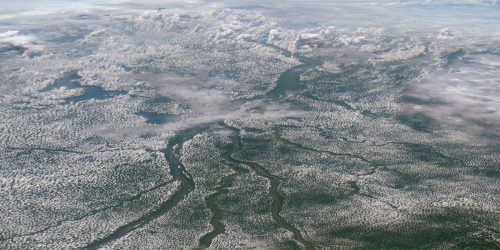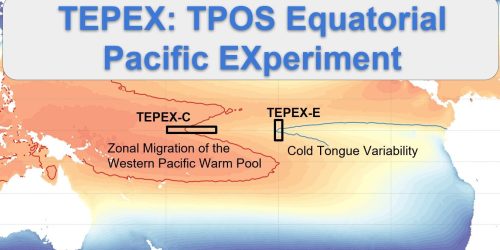The El Niño-Southern Oscillation (ENSO), an alternating pattern of abnormally warm and cool ocean temperatures in the tropical Pacific, is the driving force behind year-to-year global climate variability. The Indian Ocean has its own climate pattern, the lesser-known Indian Ocean Dipole (IOD), which can and does interact ENSO as well as impact regional and global climate, but this relationship is not fully understood. A new study, supported in part by CPO’s Climate Variability & Predictability (CVP) program and published as an early online release in the Journal of Climate, sheds light on this connection, presenting a new mechanism for diverse interactions between the IOD and ENSO. These climate patterns have a large impact on marine ecosystems in the Indian and Pacific Oceans, and understanding their connection is critical for climate prediction.
Previous studies showed a connection between the positive phase of the IOD, with cooler-than-normal temperatures in the eastern Indian Ocean and warmer-than-normal temperatures in the western Indian Ocean, and El Niño. Using observational analyses combined with model experiments, a team of researchers from University of Colorado at Boulder, the National Center for Atmospheric Research, Texas A&M University, and NOAA PMEL show that the positive phase of the IOD can favor both La Niña- and El Niño- like conditions in the tropical Pacific, in contrast to past research. A recently identified warm Indian Ocean-cold Pacific climate pattern, called the Warm Pool Dipole, acts as a bridge to link the IOD and ENSO, according to the study, presenting a new relationship between the positive IOD and La Niña. Their work suggests that future climate predictions should take into consideration the varied sea surface temperature patterns from the IOD and their different interactions with both the Warm Pool Dipole and ENSO.










